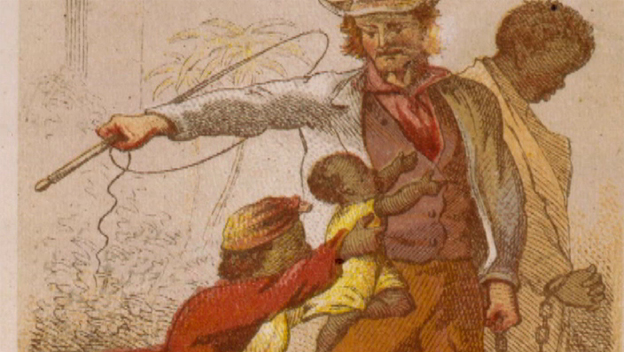From: history.com
After World War I broke out in Europe in 1914, industrialized urban areas in the North, Midwest and West faced a shortage of industrial laborers, as the war put an end to the steady tide of European immigration to the United States. With war production kicking into high gear, recruiters enticed African Americans to come north, to the dismay of white Southerners. Black newspapers–particularly the widely read Chicago Defender–published advertisements touting the opportunities available in the cities of the North and West, along with first-person accounts of success.
GREAT MIGRATION: LIFE FOR MIGRANTS IN THE CITY
By the end of 1919, some 1 million blacks had left the South, usually traveling by train, boat or bus; a smaller number had automobiles or even horse-drawn carts. In the decade between 1910 and 1920, the black population of major Northern cities grew by large percentages, including New York (66 percent) Chicago (148 percent), Philadelphia (500 percent) and Detroit (611 percent). Many new arrivals found jobs in factories, slaughterhouses and foundries, where working conditions were arduous and sometimes dangerous. Female migrants had a harder time finding work, spurring heated competition for domestic labor positions.
Aside from competition for employment, there was also competition for living space in the increasingly crowded cities. While segregation was not legalized in the North (as it was in the South), racism and prejudice were widespread. After the U.S. Supreme Court declared racially based housing ordinances unconstitutional in 1917, some residential neighborhoods enacted covenants requiring white property owners to agree not to sell to blacks; these would remain legal until the Court struck them down in 1948.
Aside from competition for employment, there was also competition for living space in the increasingly crowded cities. While segregation was not legalized in the North (as it was in the South), racism and prejudice were widespread. After the U.S. Supreme Court declared racially based housing ordinances unconstitutional in 1917, some residential neighborhoods enacted covenants requiring white property owners to agree not to sell to blacks; these would remain legal until the Court struck them down in 1948.
Rising rents in segregated areas, plus a resurgence of KKK activity after 1915, worsened black and white relations across the country. The summer of 1919 began the greatest period of interracial strife in U.S. history, including a disturbing wave of race riots. The most serious took place in Chicago in July 1919; it lasted 13 days and left 38 people dead, 537 injured and 1,000 black families without homes.
IMPACT OF THE GREAT MIGRATION
As a result of housing tensions, many blacks ended up creating their own cities within big cities, fostering the growth of a new urban African-American culture. The most prominent example was Harlem in New York City, a formerly all-white neighborhood that by the 1920s housed some 200,000 African Americans. The black experience during the Great Migration became an important theme in the artistic movement known first as the New Negro Movement and later as the Harlem Renaissance, which would have an enormous impact on the culture of the era. The Great Migration also began a new era of increasing political activism among African Americans, who after being disenfranchised in the South found a new place for themselves in public life in the cities of the North and West.
Black migration slowed considerably in the 1930s, when the country sank into the Great Depression, but picked up again with the coming of World War II. By 1970, when the Great Migration ended, its demographic impact was unmistakable: Whereas in 1900, nine out of every 10 black Americans lived in the South, and three out of every four lived on farms, by 1970 the South was home to less than half of the country’s African-Americans, with only 25 percent living in the region’s rural areas.




No comments:
Post a Comment